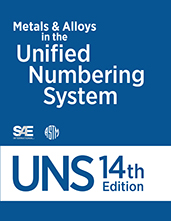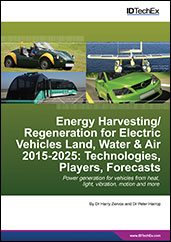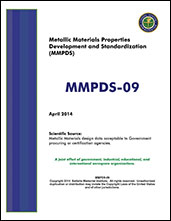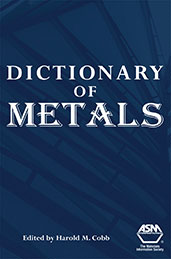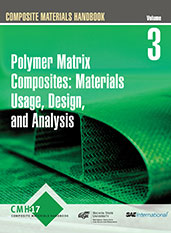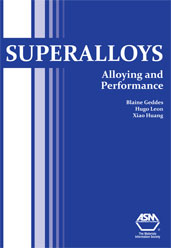Book

Composite Materials Handbook, Volumes 1, 2, 3, 4, 5 and 6
2023-06-13
Polymer Matrix, Metal Matrix, and Structural Sandwich Composites 6-Volume Set: Volume 1: Guidelines for Characterization of Structural Materials Volume 2: Materials Properties Volume 3: Materials Usage, Design, and Analysis Volume 4: Metal Matrix Composites Volume 5: Ceramic Matrix Composites Volume 6: Structural Sandwich Composites This 6-volume set includes critical properties of composite materials that meet specific data requirements, as well as guidelines for design, analysis, material selection, manufacturing, quality control, and repair. This newly-updated engineering reference tool, part of the Composite Materials Handbook (CMH-17), also contains the latest test data for polymer matrix composites and metal matrix composites, as well as essential material relating to sandwich composites and ceramic matrix composites used in military and commercial vehicles.
